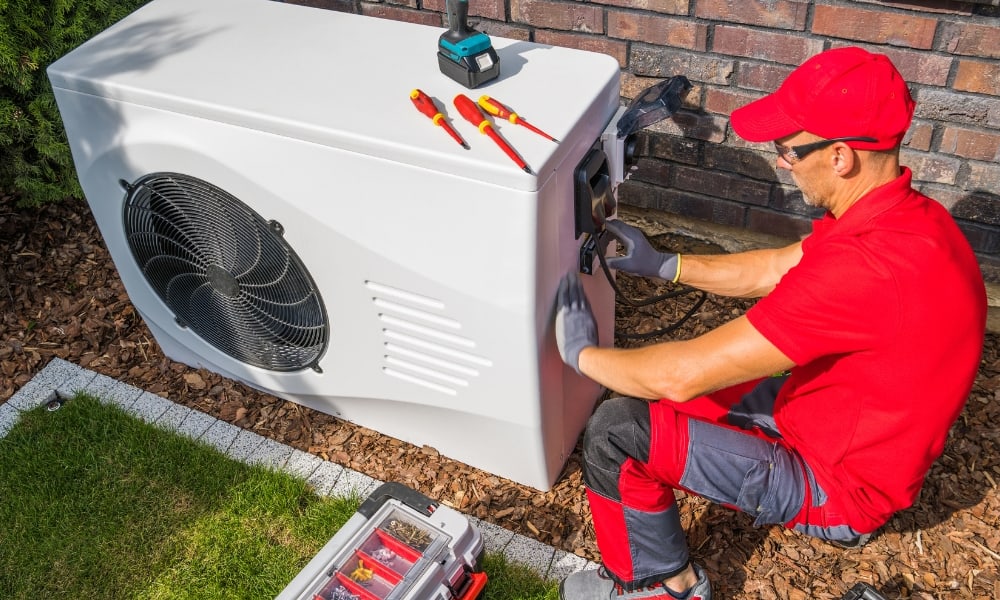Air Condition Repair: Common Problems and Practical Solutions
Many homeowners and facility managers depend on reliable air conditioning to maintain comfort and protect equipment. When an air conditioning unit underperforms or stops working, understanding common causes, basic troubleshooting, and when to seek professional AC repair can save time and reduce further damage. This article explains practical steps for diagnosing problems, routine maintenance to extend system life, what HVAC technicians typically check, and what to expect during an emergency repair service. Clear guidance helps you decide when a quick fix is possible and when to contact trained local services to avoid risks or warranty issues.

air conditioning: common signs of trouble
Common signs that an air conditioning system is failing include reduced airflow, inadequate cooling, unusual noises, frequent cycling, and higher energy bills. Moisture or ice on the evaporator coil and unpleasant odors from vents are additional red flags. Some problems have straightforward causes—clogged filters, blocked condensate drains, or thermostat missettings—while others, such as refrigerant leaks or compressor failure, require professional diagnosis. Tracking when symptoms began and any recent service or unusual events (power spikes, storms) provides useful context when discussing the issue with a technician.
AC repair: basic troubleshooting steps
Before calling for AC repair, perform safe, simple checks: ensure the thermostat is set correctly and has working batteries; inspect and replace dirty air filters; clear debris around outdoor units; and check circuit breakers or fuses. Resetting the system by turning power off for a few minutes can sometimes resolve control glitches. Avoid opening sealed panels or attempting refrigerant work—those tasks require certification. Documenting error codes on digital thermostats or noting abnormal sounds and smells helps technicians diagnose problems faster during a service visit.
HVAC: what technicians check during service
HVAC technicians follow systematic inspections: electrical connections, capacitor and contactor function, refrigerant pressures, airflow across coils, blower motor condition, and thermostat calibration. They may measure temperature differentials across evaporator and condenser coils, check for refrigerant leaks, and test system cycling under load. Technicians also evaluate ductwork for leaks or obstructions and confirm condensate drain integrity. Licensed professionals carry tools and diagnostic equipment not available to most homeowners and can provide repair estimates, replacements for worn components, and documentation for warranties and compliance with local codes.
cooling system: routine maintenance tips
Routine maintenance prolongs the life of a cooling system and improves efficiency. Replace filters every 1–3 months depending on use and filter type, keep outdoor units clear of vegetation and debris, and schedule annual professional tune-ups before peak seasons. Clean condensate drains and inspect visible ductwork for disconnections or insulation gaps. For multi-zone or commercial systems, track refrigerant levels and belt conditions as part of preventive care. Regular maintenance reduces the likelihood of emergency repair and helps maintain consistent performance and predictable energy use.
emergency repair: when to call now
Call for emergency repair if you detect burning smells, smoke, sparks, persistent water pooling that threatens structure or electrical components, or if the system fails during extreme temperatures that risk health or critical equipment. Also seek immediate service if electrical components repeatedly trip breakers despite resets. For non-life-threatening issues—reduced cooling or strange noises—arrange prompt but non-emergency visits. When contacting local services, provide symptoms, system make/model, any recent maintenance, and whether the unit is under warranty so the dispatcher can prioritize and prepare the right technician and parts.
Conclusion
Understanding how air conditioning systems fail, what basic troubleshooting you can safely perform, and what HVAC technicians inspect helps you make informed decisions about AC repair and maintenance. Regular preventive care minimizes unexpected breakdowns and can improve efficiency. For complex issues, refrigerant handling, or electrical faults, seek qualified local services with proper credentials and insurance to ensure safe, code-compliant repairs and to protect warranties.






